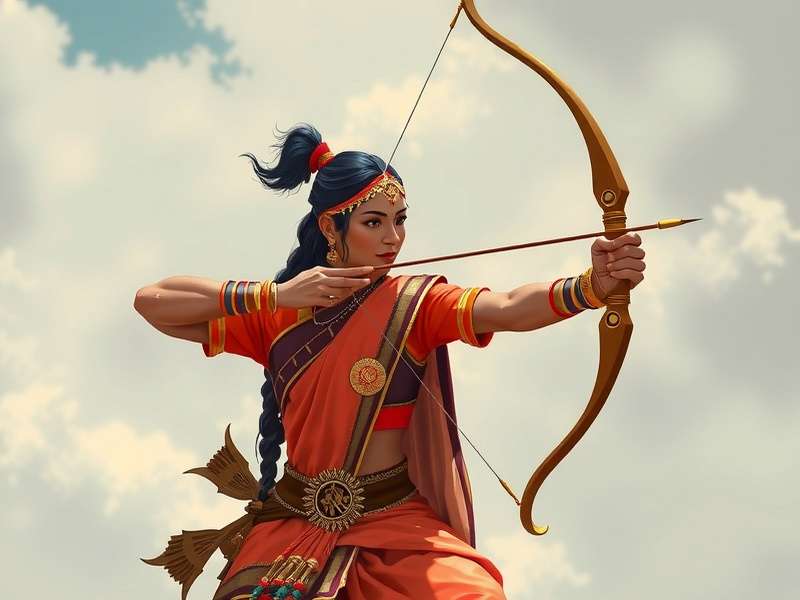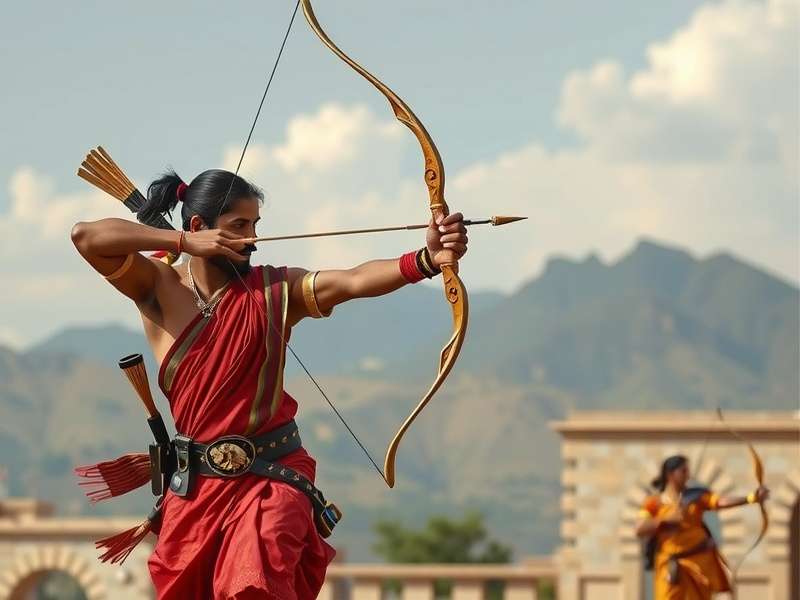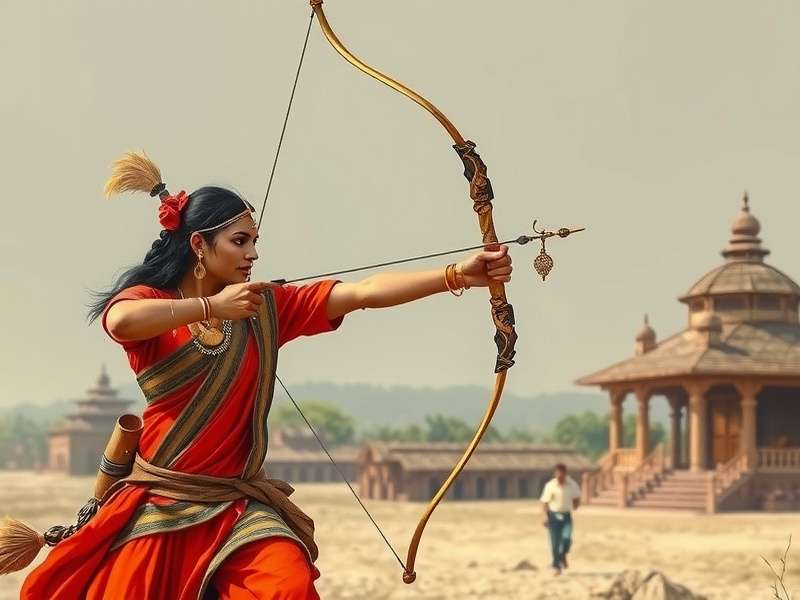Overview of Koh I Noor Archery
Koh I Noor Archeryrepresents one of India's most prestigious and historically significant archery traditions. This ancient practice combines physical skill, mental discipline, and spiritual elements in a unique sporting experience.
Unlike Western archery styles,Koh I Noor Archeryemphasizes fluid motion, intuitive aiming, and harmony between the archer and their equipment. The practice has been preserved through generations, maintaining its traditional techniques while adapting to modern competitive formats.
Key Characteristics
- Traditional Indian bow designs
- Emphasis on meditation and focus
- Unique arrow release techniques
- Cultural and spiritual significance
Modern Applications
- Competitive tournaments
- Cultural demonstrations
- Mindfulness practice
- Physical fitness regimen
Historical Origins & Evolution
The roots ofKoh I Noor Archerytrace back to ancient Indian civilizations, with references found in historical texts dating over 2,000 years. This traditional form was practiced by warriors, hunters, and royalty across the Indian subcontinent.

During the medieval period,Koh I Noor Archerytechniques were refined and systematized. Royal patronage helped establish formal training schools (akhadas) where masters passed down knowledge through oral traditions and practical demonstrations.
The colonial era saw a decline in traditional practices, but dedicated practitioners worked to preserve theKoh I Noor Archerymethods. In recent decades, there has been a significant revival movement, with new generations rediscovering this valuable cultural heritage.
Historical Timeline
Ancient Era
Origins in Vedic period, mentioned in ancient scriptures and epic narratives.
Medieval Peak
Flourishing under royal patronage with established training institutions.
Modern Revival
Rediscovery and preservation efforts leading to contemporary practice.
Archery Techniques & Methodology
The technical foundation ofKoh I Noor Archeryconsists of specialized stances, grips, and release methods distinct from other archery traditions. Mastery requires understanding both physical mechanics and mental focus principles.
Fundamental Stances
Traditional stances inKoh I Noor Archeryemphasize stability, balance, and connection to the ground. The "Vajrasana" (thunderbolt pose) and "Dhanurasana" (bow pose) provide the foundation for proper shooting form.

Aiming and Release
Unlike instinctive aiming methods,Koh I Noor Archeryincorporates a unique sighting system based on peripheral vision and body alignment. The release technique focuses on smooth, uninterrupted motion rather than sudden finger opening.
Training Progression
Traditional training follows a structured progression: beginning with meditation and breath control, advancing to drawing exercises without arrows, then target practice at close distances before moving to standard competition ranges.
Traditional Equipment & Gear
The equipment used inKoh I Noor Archeryreflects centuries of refinement. Traditional craftsmen employ specific materials and construction techniques passed down through generations.
Bow Designs
Traditional Indian bows feature distinctive recurve designs, often constructed from bamboo, wood, and animal horn composites. The "Kaman" or "Dhanush" represents the classic bow design used inKoh I Noor Archery.
Materials
- Bamboo for flexibility
- Water buffalo horn for compression strength
- Animal sinew for tension
- Natural adhesives like lacquer
Specifications
- Length: 4-5 feet typically
- Draw weight: 30-50 pounds
- Asymmetrical design
- Natural string materials

Arrows and Accessories
Arrows ("tir" or "baan") feature specific fletching patterns and tip designs for different purposes. Traditional quivers, arm guards, and finger tabs complete the authenticKoh I Noor Archeryequipment set.
Cultural Significance & Modern Practice
Koh I Noor Archeryextends beyond mere sport, representing an important cultural tradition with spiritual dimensions. The practice incorporates elements of yoga, meditation, and philosophical concepts from Indian heritage.
Spiritual Dimensions
In traditional understanding,Koh I Noor Archeryserves as a moving meditation. The concentration required to shoot accurately parallels mindfulness practices, with the target representing life goals and the arrow symbolizing focused intention.
Contemporary Revival
Modern initiatives have successfully reintroducedKoh I Noor Archeryto new audiences. Schools, cultural organizations, and sports clubs now offer training programs, while competitive events attract participants across age groups.
Global Influence
While deeply rooted in Indian tradition,Koh I Noor Archeryhas gained international attention. Practitioners worldwide appreciate its unique approach to the archery discipline, incorporating its principles into their own practice.
Community Building
Brings together people across generations
Health Benefits
Improves focus, coordination and mental clarity
Cultural Exchange
Shares Indian heritage with global audience